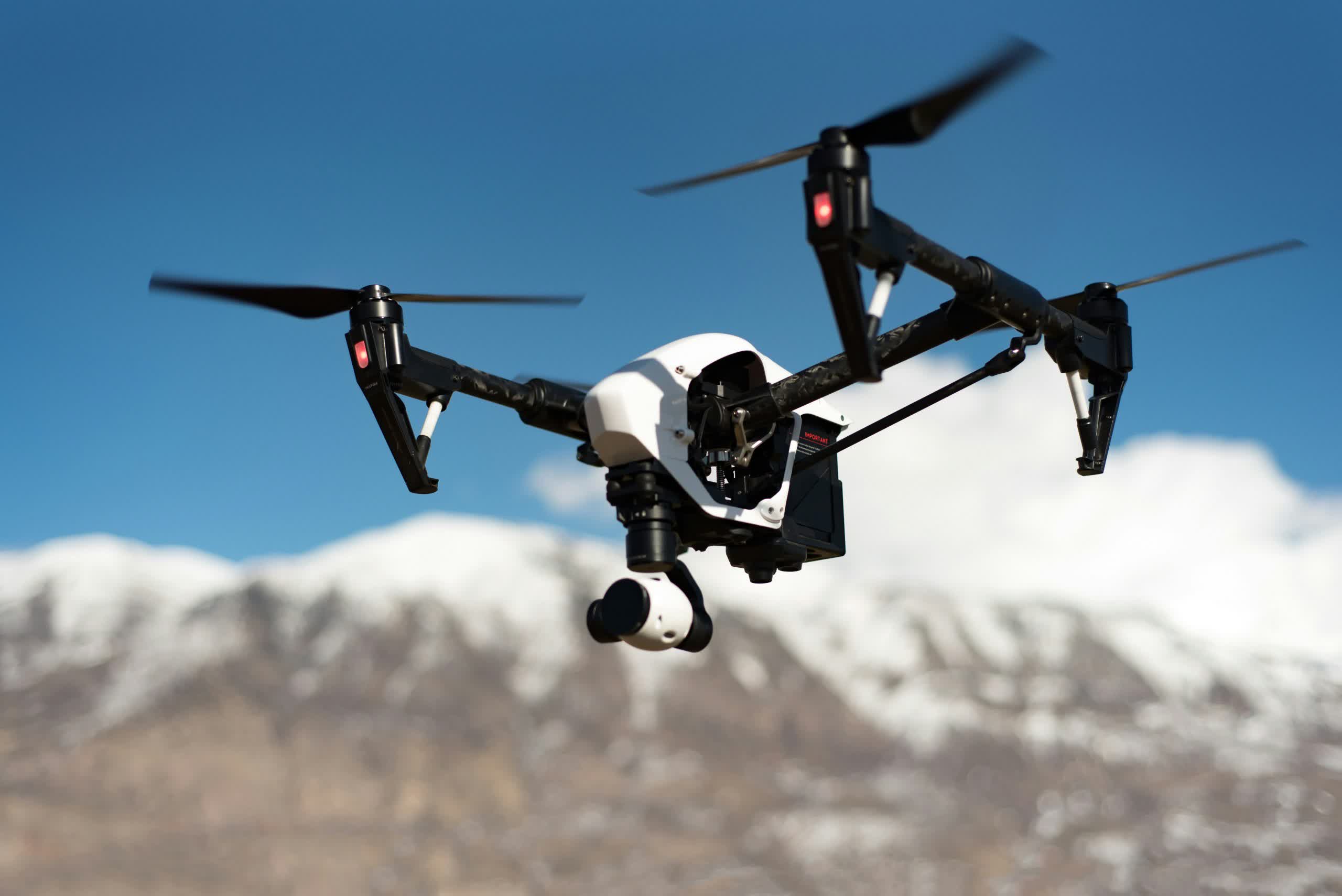A hot potato: More police forces are considering the use of drones in first responder (DFR) programs, in which the UAVs are sent to 911 calls ahead of officers to assess a situation. Digital rights group the Electronic Frontier Foundation (EFF) warns that while this may sound good in practice, the programs can be used for privacy-invading surveillance and over-policing.
It was reported in May that several law enforcement agencies in Colorado are planning to use drones as first responders to 911 calls instead of police. The idea is that they can gather information about an incident ahead of the arriving officers. They could also be sent out to less urgent calls, and decide whether a police presence is required.
The EFF warns that using drones to get a view of the scene can become justification for over-surveilling neighborhoods that produce more 911 calls, as well as collecting information on anyone who happens to be in the drone's path. The organization gave an example of how a drone responding to a vandalism case may capture video footage of everyone it passes along the way.
The EFF also warns that drones could be used to police homelessness or low-level infractions that otherwise wouldn't merit police resources.
Even if you don't think police drones are a problem because you're not doing anything wrong, the fact that they can observe people in constitutionally protected spaces, like backyards, roofs, and through home windows, should be a concern. They can also capture crowds of people who are legally and peacefully gathering.
The EFF highlights how drones can be equipped with cameras, thermal imaging, microphones, license plate readers, face recognition, mapping technology, cell-site simulators, weapons, and other payloads.
"Proliferation of these devices enables state surveillance even for routine operations and in response to innocuous calls – situations unrelated to the original concerns of terrorism or violent crime originally used to justify their adoption," writes the EFF.
Drones are also being used to respond to ShotSpotter gunshot detection alerts, which are known to send false positives. This could lead to drone surveillance of communities that happen to have a higher concentration of gunshot detection technologies.
The use of AI to analyze collected data, which has long been a contentious subject in the field of law enforcement, is also part of the police's plan.
After first being launched by the Chula Vista Police Department in 2018, a few dozen police departments now have DFR programs. A Wired investigation found that each average drone flight exposes nearly 5,000 city residents to enhanced surveillance.
It's not just the US where DFR programs are gaining popularity. The UK is also investing more money into these schemes, raising concerns that they can be used to target poor and marginalized communities.
